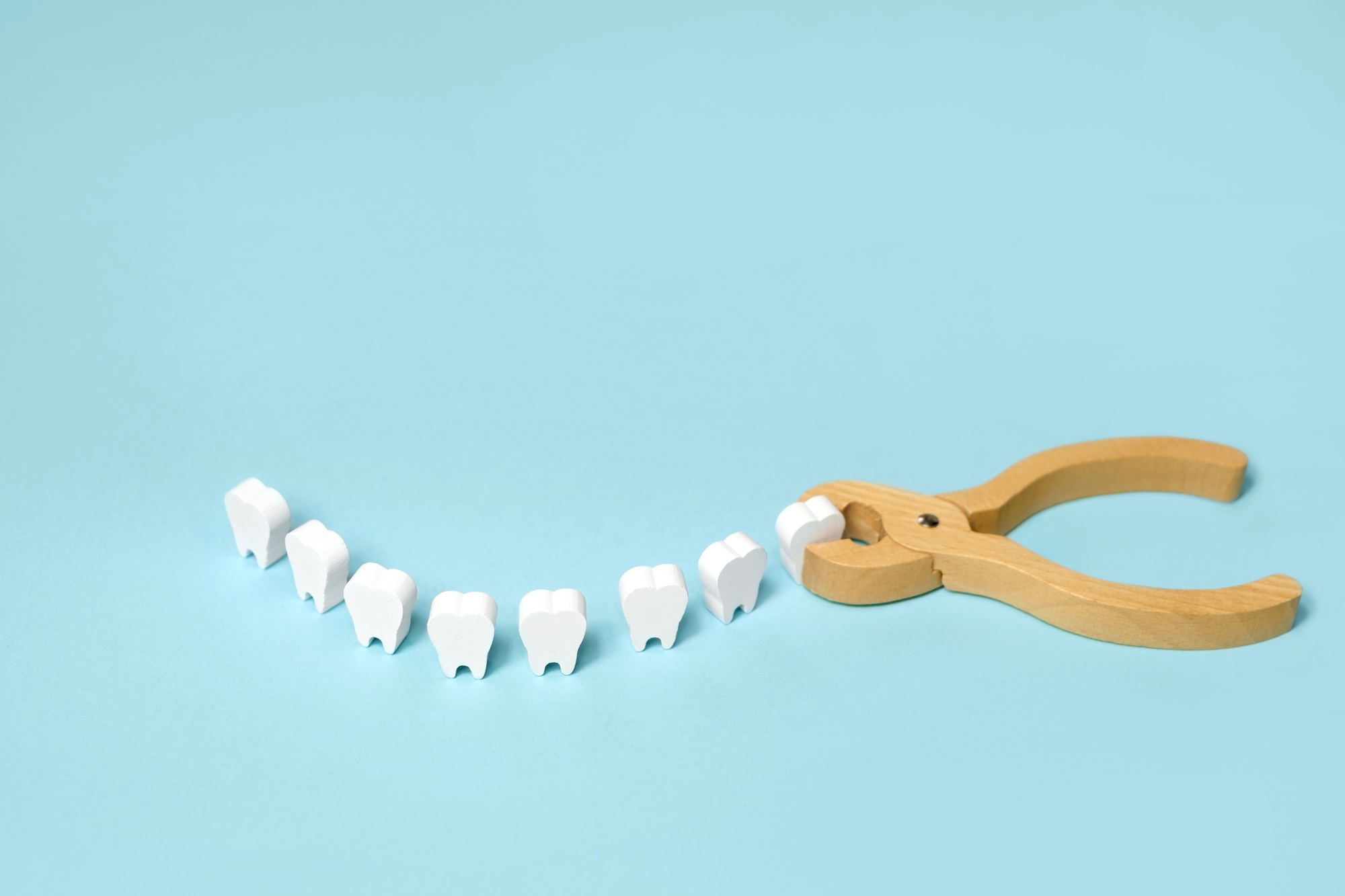When is tooth extraction recommended?
While dentists aim to preserve natural teeth, there are cases where tooth extraction becomes the best option. Your dentist may recommend a tooth extraction for:
Severe Decay: When a tooth cannot be repaired with fillings or crowns. Fractured Tooth: If a tooth has broken beyond repair. Impacted Teeth: For teeth stuck beneath the gum line, such as wisdom teeth. Overcrowding: If there’s insufficient space, especially before orthodontic treatment. Severe Gum Disease: When gum disease causes loose teeth. Dental Trauma: In cases of tooth luxation or other dental injuries.

Who Performs a Tooth Extraction?
A general dentist at Oxford Family Dental can perform most routine extractions. However, if your case is more complex, such as an impacted tooth or if surgery is required, you may be referred to a dental specialist like an oral surgeon or periodontist.
Procedure Details
Before the extraction, your dentist will assess your tooth and surrounding area using X-rays to understand the extent of the damage. You’ll discuss the procedure and sedation options to ensure your comfort. Your dentist will also inquire about any medications you’re currently taking to ensure a safe procedure.
Sedation Options for Tooth Extraction
To help you feel more relaxed during the procedure, sedation options are available:
- Nitrous Oxide (Laughing Gas): Ideal for mild sedation, nitrous oxide is inhaled and wears off quickly, allowing you to drive yourself home after the appointment.
- Oral Conscious Sedation: A pill taken an hour before your appointment, helping you feel calm and relaxed. You will need a friend or family member to drive you home.
- Intravenous (IV) Sedation: Recommended for those with dental anxiety or complex cases, IV sedation delivers sedative and pain-relieving medication directly into your bloodstream. You’ll need someone to drive you home after the procedure.
In rare cases, general anesthesia may be used for highly complex procedures, often in a hospital setting.
What Happens During a Tooth Extraction?
To ensure your comfort, local anesthesia is applied to numb the tooth and surrounding gums. Using specialized instruments, your dentist will carefully loosen and extract the tooth. If necessary, small incisions may be made in the gum tissue, especially if the tooth is impacted or severely broken. The socket is then cleaned and may be stitched to promote healing. In some cases, a bone graft might be placed to prevent bone loss in the jaw.
Recovery After a Tooth Extraction
After the extraction, you will bite down on a piece of gauze to help stop the bleeding and form a clot in the extraction site. It is normal to experience some bleeding for the first 24 hours. Following your procedure, your dentist will provide instructions for proper care during your recovery.
Risks and Benefits of Tooth Extraction
Tooth extraction offers several advantages, such as eliminating bacteria and preventing the spread of infection. It can also help relieve discomfort, especially if the tooth was severely infected or fractured. However, as with any surgical procedure, there are risks, including:
- Infection
- Dry socket
- Nerve injury
- Delayed healing
Post-Extraction Care and Recovery
Recovery times vary, but most patients can return to regular activities within a few days. Complete healing of the jawbone can take several weeks. If you’re planning to replace the extracted tooth with a dental implant or other restoration, additional recovery time may be needed.
Aftercare Tips:
- Avoid hard or crunchy foods for the first few days and opt for soft foods like yogurt, mashed potatoes, and smoothies.
- Take pain relievers as prescribed by your dentist to manage discomfort.
- Rest and avoid strenuous activity for at least 48-72 hours after the procedure.
- Keep the extraction site clean, but avoid brushing directly on it until your dentist gives the go-ahead.
When to Call the Dentist
Contact us if you experience any of the following after your tooth extraction:
- Fever or chills
- Excessive pain that doesn’t improve with medication
- Pus or drainage around the extraction site
- Severe swelling or bleeding that doesn’t stop



